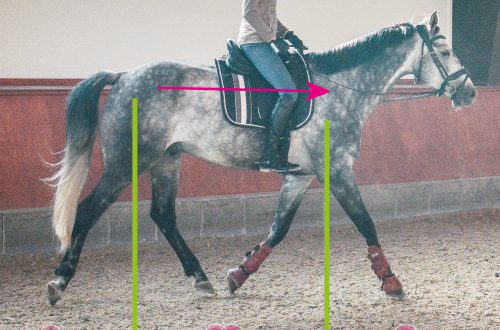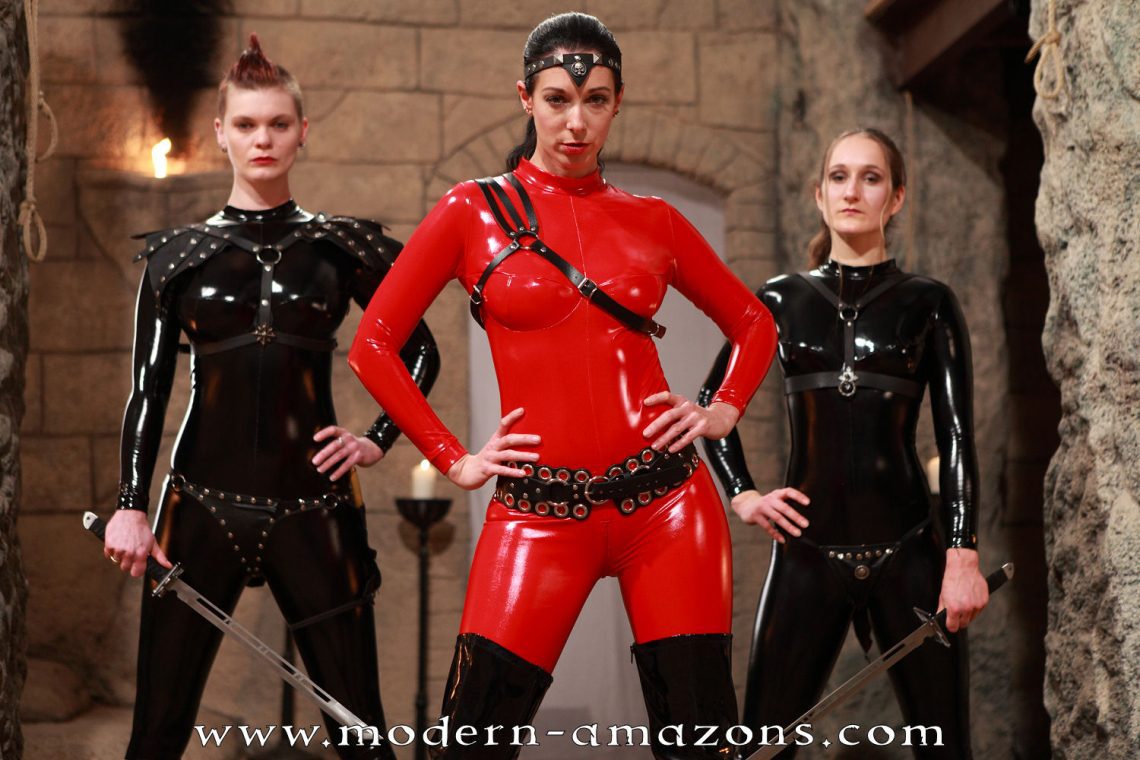
Modern Amazons
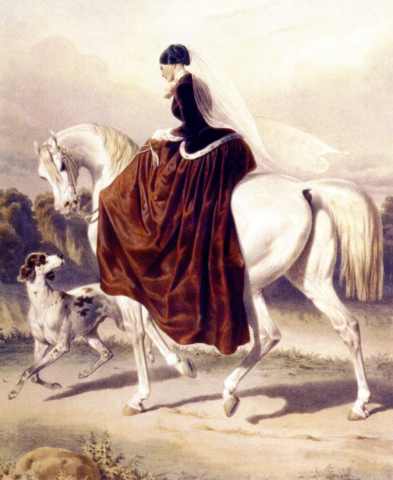
Now, in the age of computer technology and equal rights for men and women, more and more fans around the world are winning horse riding in a side saddle. Women again want to feel feminine, elegant and desirable. The art of horseback riding in a lady’s seat goes back centuries. The history of the origin and development of the side saddle can be traced back to the 9th century, although Celtic sculptures and images on Greek vases indicate that it arose much earlier. Unfortunately, almost all the historical information that we have is gleaned from the paintings of the great masters, depicting noble ladies. First of all, this concerns the clothes in which the ladies preferred to ride, and which changed over time.
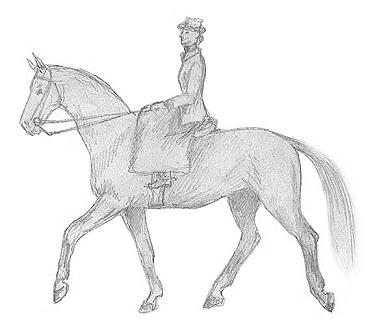
And now, along with competitions in the art of riding in a side saddle, competitions in historical costumes are held, in which more attention is paid to the details of clothing.
A little about the saddle itself.
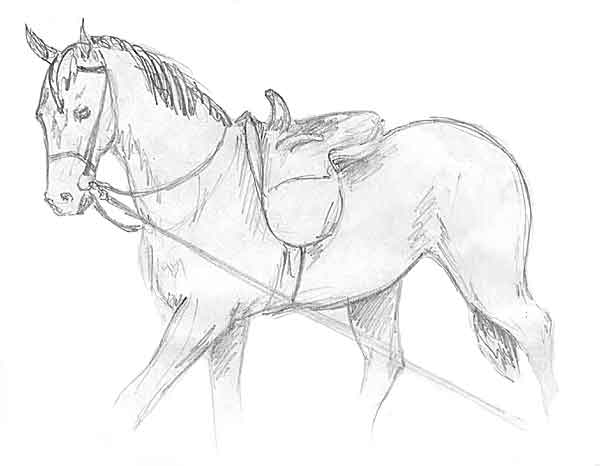
It is flat, with padded pillows, and has two horns. The right leg rests on the upper horn, the lower horn fixes the left leg. Although it is not entirely correct to say, because according to the rules, a palm should pass between the horn and the upper part of the left leg. Its function is to serve as a support for jumping. Now there are many models of ladies’ saddles, but their main advantage is their functionality. The modern ladies’ saddle is as comfortable as possible for the rider.
The legislator of the rules in this kind of equestrian sport is the UK, and apparently, therefore, in this sport there are so many rules and restrictions related to clothing and not only.
The costumes themselves are divided into historical and modern, which in turn can be: classic, informal, hunting, for juniors, for dressage and western competitions.
Historical costumes include costumes made in full accordance with the era in which they were worn.
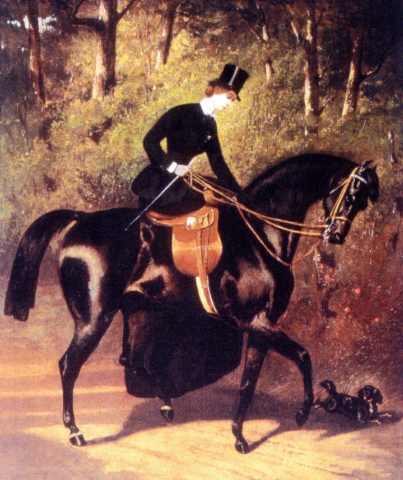
A modern riding suit consists of a jacket and a skirt. Its usual colors are black, brown and dark blue. The jacket should be long enough, but its edge should not touch the horse’s back, ideally it should reach the pommel of the saddle. The skirt completely covers the right leg, which under no circumstances should show from under it. The edge of the skirt should be parallel to the ground, and reach the ankle of the left leg. Leggings worn under a skirt can be of any solid color, but are welcome in the tone of the main suit. When driving, they should also in no case be visible. Boots should be knee-length, black or brown to match the main costume. Non-strict spurs and garcrots are allowed.
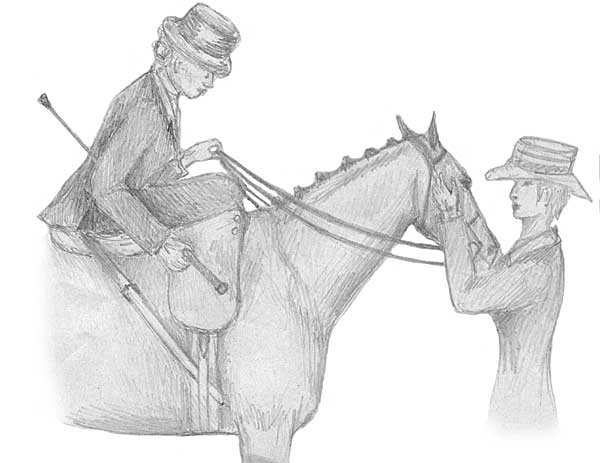
Headdress – a bowler hat or a top hat, a veil is required. The edge of the headdress is located near the eyebrows and is parallel to the ground. The hair should be put in a bun (if the hair is short, its imitation is acceptable). The size of the bundle should not exceed the size of the donut. A matching hairnet is put on top. The edge of the hat should touch the bun. The vest should not be bright colors, only pastel colors (e.g. beige, yellow, grey) Gloves should be either leather (brown or yellowish) or fabric (brown, beige), but never black. It is unacceptable to decorate the costume with flowers (for example, in a buttonhole) and wear jewelry. A hard whip no more than a meter long is used on the right side. In the junior class, a helmet without a veil is used as a headgear. Hair must be neatly tied up. The hairband should be black, brown, or navy blue. The length of the whip must not exceed 76 cm. Spurs or garcrots are not required.
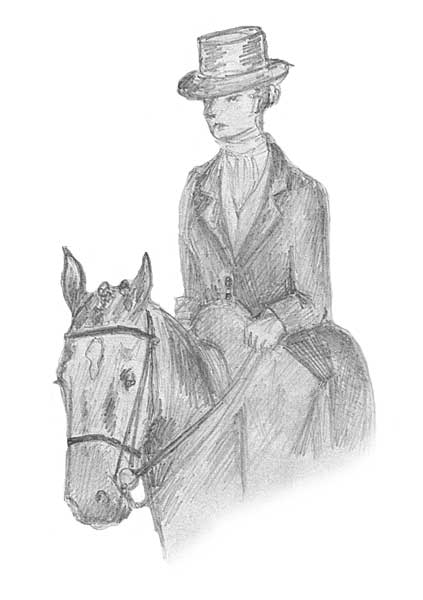
Horse riding competitions are now held in many countries of the world, one of the largest is the Mulven show. Every year the best English riders come there.
Competitions are held in three stages. On the first stage, the riders take turns riding the dressage test. Their seat, ease and invisibility of control and obedience of the horse are evaluated. Of great importance is the overall impression that the rider makes on the jury. The riders demonstrate the walk, trot, canter, change of direction, halt, half-half and reining-in. The performance is evaluated on a 20-point scale. After the first stage, the judges check the equipment of the rider, everything down to the straps and the length of the skirt.
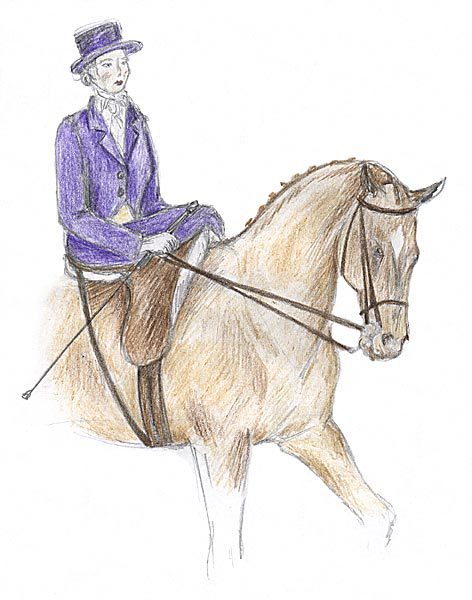
The second stage is show jumping. The riders overcome the route of 6-8 obstacles up to a meter high. Not only the time and cleanliness of overcoming obstacles are evaluated, but also the landing of the rider, her courage when overcoming obstacles. The sum of the points scored in the two stages is summed up, and the four riders with the most points are invited to compete in the third stage.
In the third stage, the competition field is divided into four parts. Each rider in her square rides the arena first on her own horse, and then on the horses of her rivals. The rider with the most points in the third stage is declared the winner.




